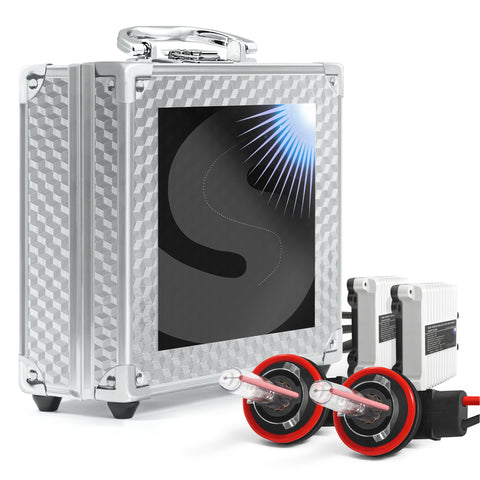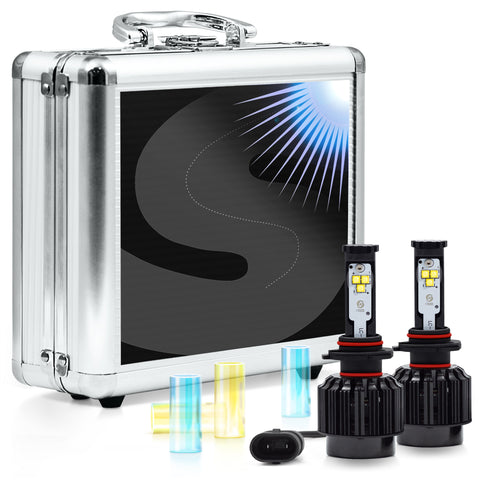Dashboard Symbols & Warning Lights
Dashboard lights are generally color-coded. It is reasonable to assume that the color of the dash light will give you some indication as to the severity or urgency of the information provided. As a rule, there are three classes of dashboard indicator lights easily distinguished by color: red, yellow, green and white. These colors are similar to traffic signal lights in color and meaning.
Red indicates a potential safety issue or serious problem, which should be attended to immediately by a professional. However, a red light might also serve as a reminder to the driver about service maintenance.































The following signals are intended to point out routine needs for your car and are advisory lights. For example, the need to refill your tank, or close a hood. When a yellow or orange light activates, it is usually a signal that a component needs to be repaired or serviced. If the light flashes, it is important to contact a repair shop or dealership.































The indicators and symbols in this next group are associated with special and unique automotive features. What used to be accessories in many cases. Green (sometimes blue) dashboard lights usually indicate a system is active and functioning as it should.














These lights are just for information. It is rare that you will have cause for concern if you see any of the dash symbols below, however you still need to be aware what they mean and why they might display. The white/grey icons indicate which function can be activated with a help of a certain switcher or button or light up to show that a system is operating.
















You have, for sure, noticed every time your start a car that all of the lights on the dash illuminate and then quickly go out, this is all part of the start-up procedure and standard electrical & systems checks the car will do each time it is started. It’s usually quite rare to see any of these lights beyond the start-up, however would you know what any of these lights actually mean should they come on? Most of them are advisory and some will require your immediate attention, whilst some you may have more time to address. Either way, it is wise to understand what these dashboard warning lights mean and what actions you need to take.















